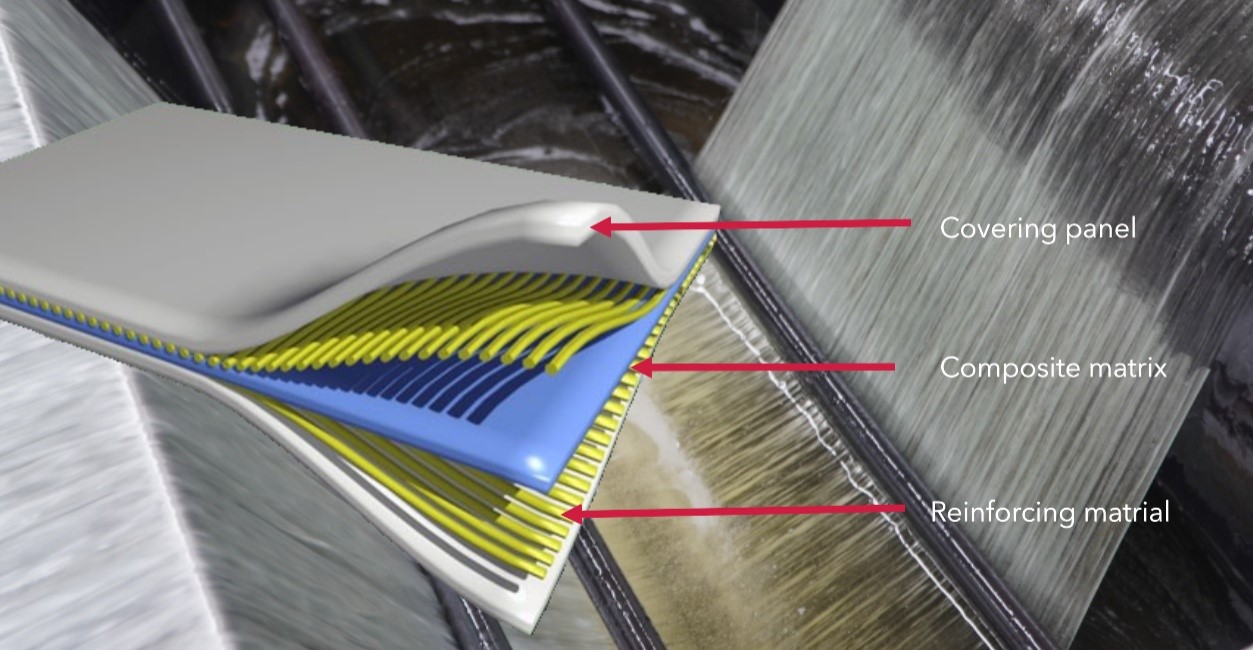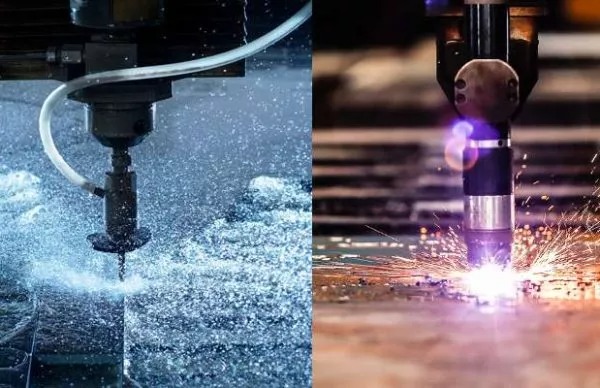Composite materials combine two different materials having varying chemical and physical properties. This combination leads to the creation of a material designed to perform a specific task such as becoming electricity-resistant, lighter, stronger, or improving stiffness.
One reason users prefer composite materials in contrast to traditional materials is due to their ability to improve their base material’s properties. Another reason is their usefulness in different applications.
Brief History
The human use of composites can be dated back to a thousand years ago. The creation of the first composites was in 3400 B.C. in Iraq. This ancient society joined wood strips on each other at varying angles to create plywood. Then around 2181 B.C, the Egyptians began to produce death masks from linen or plaster-soaked papyrus. After that, both societies began reinforcing their materials using straw to help strengthen boats, pottery, and bricks.
1200 A.D, the Mongols started engineering composite bows that were very effective back then. They were manufactured from bone, wood, silk, horn, cattle tendons, and bamboo that has been bonded using pine resin.
After the industrial revolution, synthetic resins took solid forms through polymerization. During the 1900s, this knowledge regarding chemicals resulted in the creation of different plastics like vinyl, phenolic, and polyester. The development of synthetics soon began and Leo Baekeland, a chemist created Bakelite. Due to its heat-resistant nature and inability to conduct electricity, it is useful in different industries.
In the 1930s came a very great time for the development of compound material, named “composites”. Owens Corning developed glass fiber and was involved in the creation of the fiber-reinforced polymer industry. These engineered resins are still useful today and the patenting of unsaturated polyester resins took place in 1936. Two years later, resin systems with higher performance became accessible.
In 1961, the carbon fiber (first-ever) was patented; it was then commercially available. During the mid-1990s, composites became very common for construction and manufacturing processes as a result of their low cost in contrast to the material previously used.
A Boeing 787 Dreamliner’s composites during the mid-2000s proved their utilization in high-strength applications.
What’s a Composite Material?

Composite is a compound material made by combining two or more constituents, each having different chemical and physical characteristics. This type of combination usually produces a material designed to perform a certain function. For example, they could be lighter, stronger, or more resistant to electricity. Consequently, a composite material can also improve strength, stiffness, and durability
They are more preferred to traditional materials since they are known to enhance the features of their base materials and are useful in most of the industrial applications, automotive, aerospace, marine, energy, etc.
Despite the dissimilar physical or chemical properties of each constituent material, they are combined to produce a material with unique properties, different from their individual elements. Within the combined structure, these individual elements are separate, hence, distinguishing composites from solid solutions and mixtures.
Examples of engineered composites include:
- composite wood like plywood
- metal matrix composites
- Reinforced concrete and masonry
- ceramic matrix composites
- Reinforced plastics like fiberglass or fiber-reinforced polymer.
There are various reasons why new materials can be included in this category. These materials are stronger, less expensive, lighter, or more durable than common materials.






